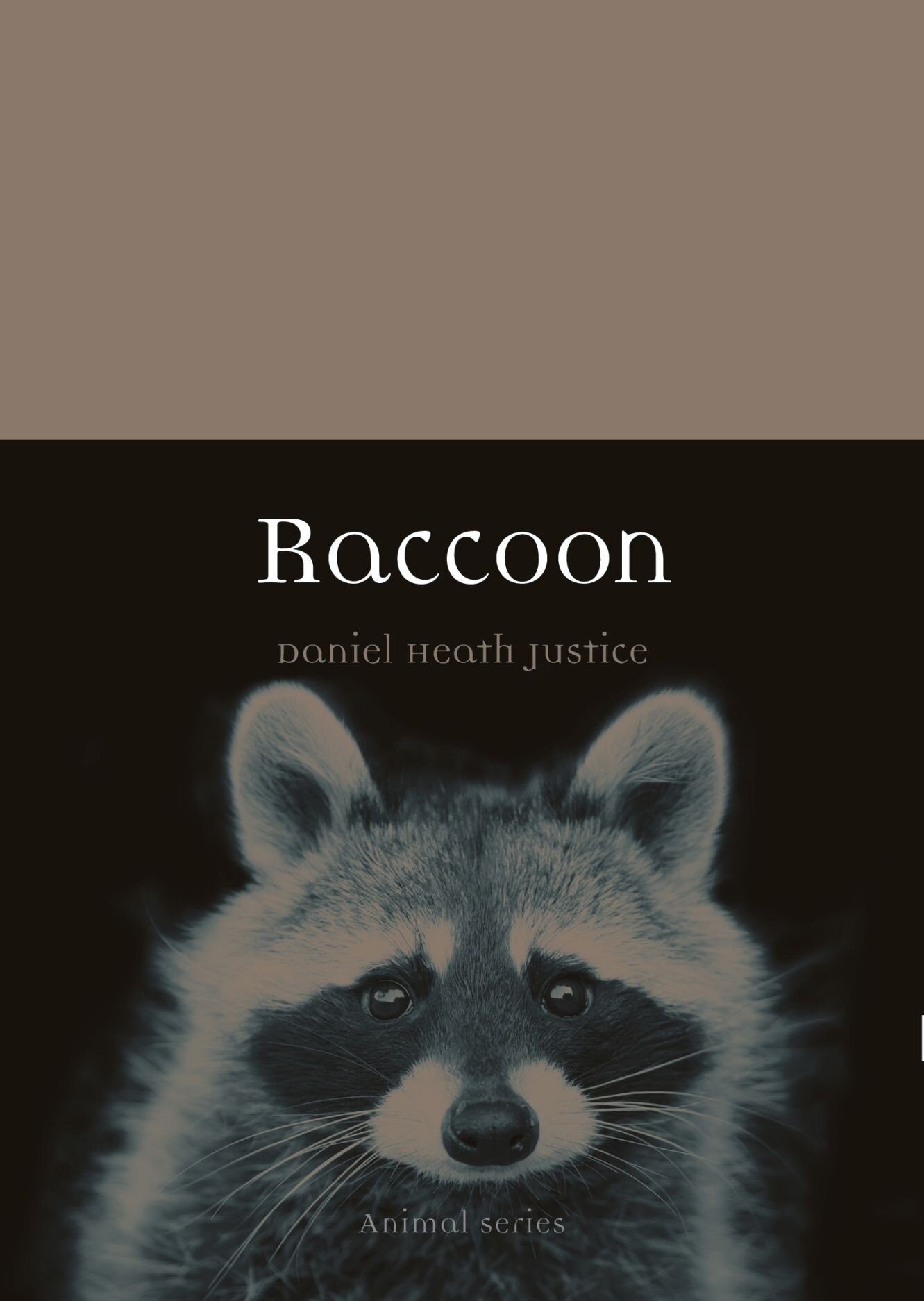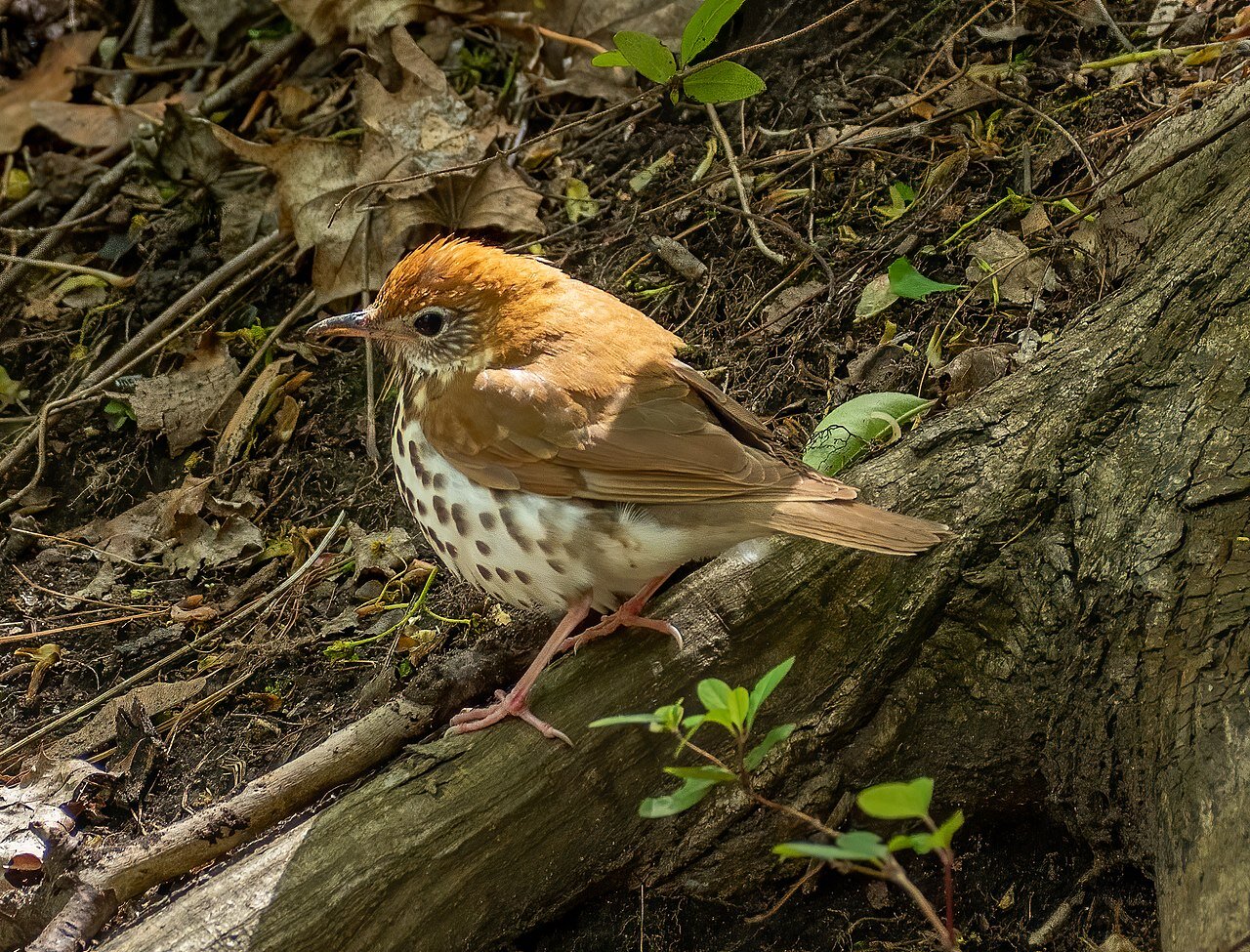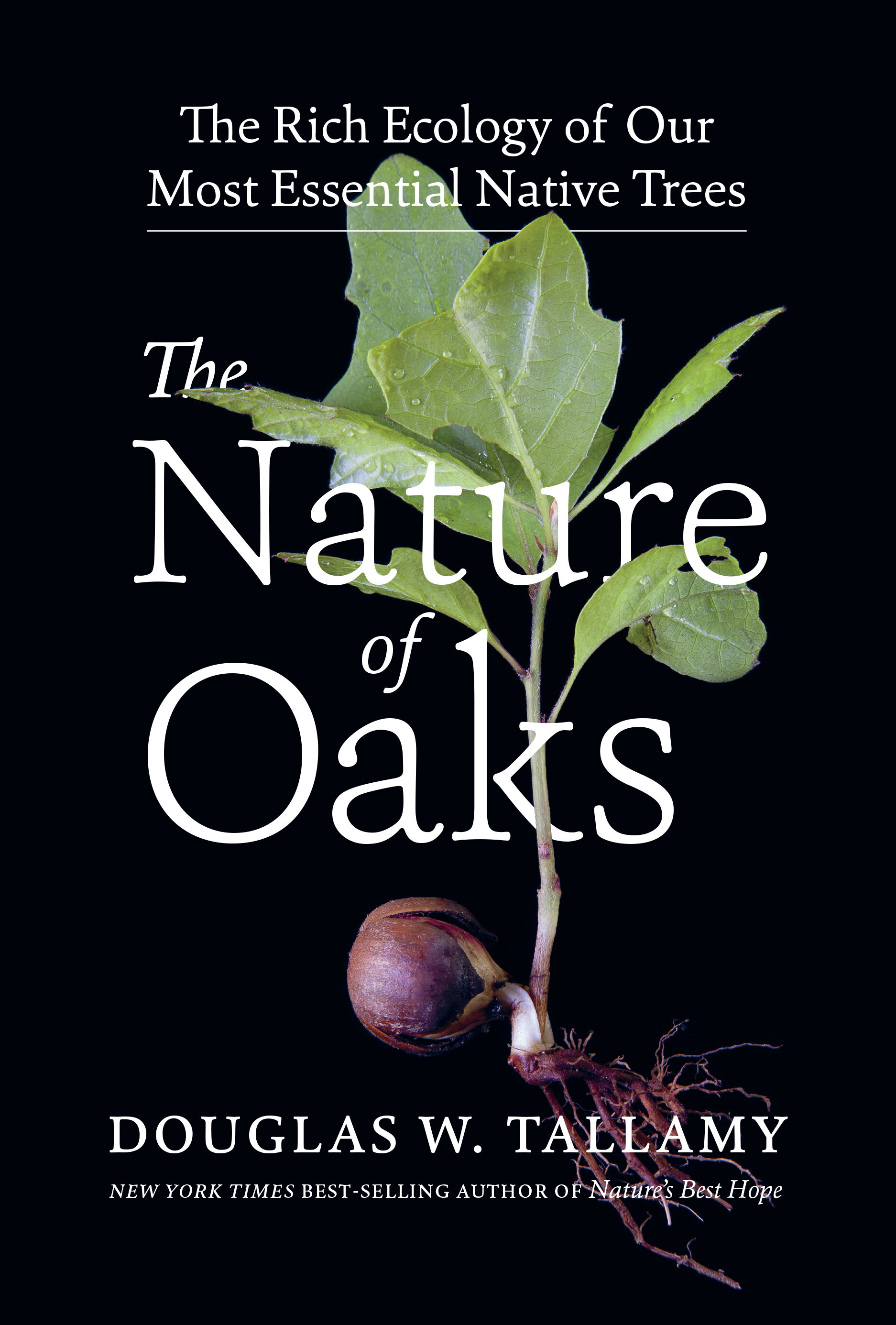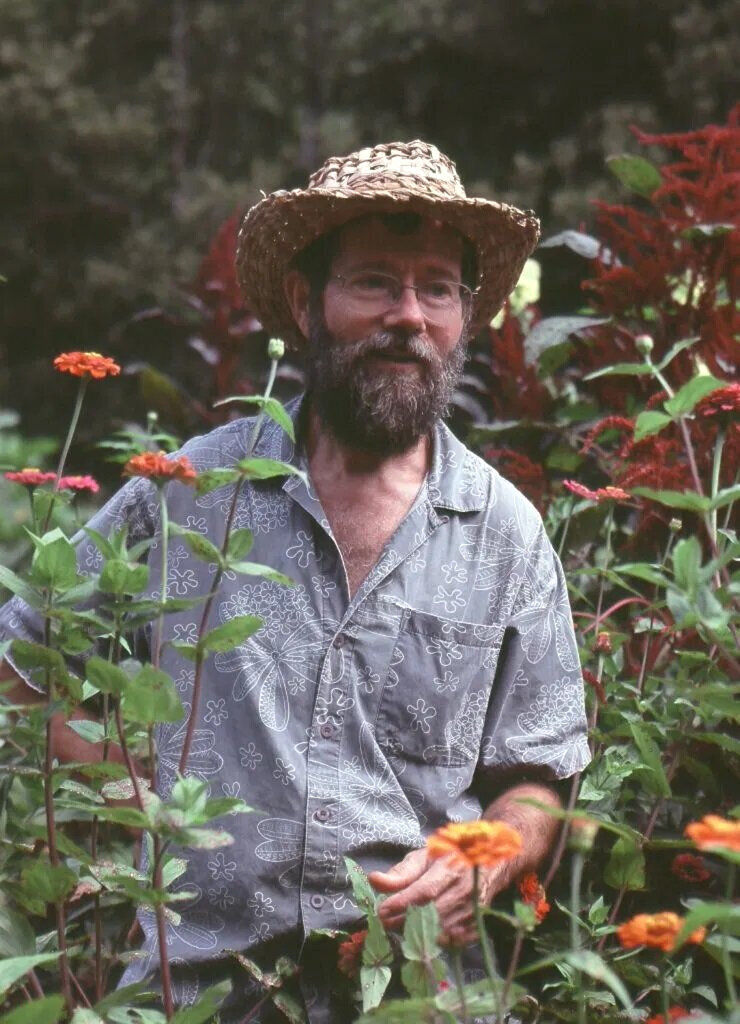
A show about relationships with the land
There are many ways to listen to the show: Listen live on CFRU 93.3 fm broadcasting from the University of Guelph Mondays at 6pm EST or listen to the podcast via Spotify, Apple, or just follow the rss feed.

Ep. 169 : Bumble Bee Recovery Program
Bumble Bees (genus Bombus) are a diverse genus of Bees. It can be a confusing process not only trying to decipher the genus of a Bee, but especially down to the species. Now how about trying to i.d. a increasingly hard to find species? Its hard. Its harder still to try and help these bees get back into the mating game, supporting their regeneration and helping them help reinhabit the places where their populations were once more common.
Tiffani Harrison is the conservation outreach and field biologist with Wildlife Preservation Canada. She and her teams have been surveying various sites across Canada in search of Bumble Bees, to gather Queens for the breeding Bumble Bee Breeding lab in efforts to learn more about how to support some seriously declining species.

Ep. 168 : Peterson Field Guide to North American Bird Nests with Casey McFarland
Casey McFarland, Matthew Monjello & David Moskowitz have come together to revamp the Peterson Field Guide to Bird Nests. In one (kinda thick) package they managed to fit descriptions of over 650 bird species along with beautiful high quality photos of many examples of the varied avian architectures discussed.
Casey McFarland joined me for a great conversation on what it took to make the book happen. We discuss the legacy Hal H. Harrisons work and how his book inspired a lot of what Casey, Matt, and David wrote, but also they were determined to find new practices that weren’t as invasive in their search for beautiful shots of nests and eggs.
Shout outs to Matt Monjello and David Moskowitz who could not be apart of the interview.

Ep. 167 : Black Walnut
Black Walnut (Juglans nigra) is a tree I have been building relationship with for years. Through gathering, processing, storing, cooking, dyeing, planting, distributing and educating, this has been a plant I have come to know a lot about, and with whom I have shared some of myself with. I do not know Walnut in all stages (I long to know the flowers more), and I do not know the post glacial dispersal (it’s always nice to learn the backstory), I am slowly coming to understand the more than human relationships this tree has with the world around them. I am also deepening my understanding of the complex relationships this plant has with humans.

Ep. 166 : Song of the night
For most of my life I have enjoyed biking and walking through the trails at night. There is a special beauty that glows faintly at night and I have longed to share that with friends ever since I was old enough to spend the night out by myself. It took me by surprise when I realized that others couldn’t get out as I did. They held back by more than subtle threats and stories told to keep folks in their place.
The show this week is about sharing the sounds I came across recently on late night forays down to the river by my house and in my backyard. I recorded these in hopes to offer them as chances to participate in the space of the night for folks who can’t get out there for whatever reasons.
I hope you enjoy.

Ep. 165 : Bobcat (Lynx rufus)
I went up to Point Grondine with my partner last week and while there we saw lots of great flora and fauna. Cardinal Flower, Bunchberry, Bristly Sarsaparilla, Bluebead Lily, among so much more beautiful flora. Some of the fauna included Bears, Beavers, Porcupines, possible Wolf scat, Moose tracks... but also one night we were woken up by an animal going through one of our bags. Later, we met other campers who were camped near us who had a similar encounter. Of course I tracked the animal through our site in the morning. Who did the tracks say it was? And who did the neighbouring campers see by flashlight in the middle of the night? It was a Bobcat.

Ep. 164 : Cultural histories of Raccoons with Daniel Heath Justice
Who would have thought that a small woodland creature would have made such an impact on the land, hearts, minds, and cultures of those who have encountered them.
Author, professor and animal nerd Daniel Heath Justice helps us navigate the wild cultural impacts and impressions of Raccoons. Raccoons are imprinted on the imaginary as “category-defying, rule-breaking and boundary-breaching beings”. They are models for both lean, resilient, images of the noble wild as well as pestilent dumpster dwelling “trash pandas”. Queer creatures indeed.

Ep. 163 : Ebony Jewelwings
Ebony Jewelwings (CIalopteryx maculata) are beautiful, which is one of the reasons they are so interesting to watch. I have seriously sat for hours watching them, photographing them and trying to learn from observing what is going on. I have mostly come away with questions.
In light of my own questions and many from friends I have decided to try and research a little bit more about these beautiful broadwinged Damselflies in hopes that I can learn a little bit more and help answer some of those pressing questions.

Ep. 162 : Talking trees with Dawn Matheson
Dawn Matheson wants to start connecting with trees, or a specific tree rather, at the University of Guelph Arboretum but she’s unsure which one yet. There is a process to get to know a tree and she is in the midst of sorting out that process. How do you find a friend in a tree when the culture around us says humans and trees can’t be friends? Well, she makes friends with other humans who are already friends with trees and starts from there.

Ep. 161 : Approaching Nonhuman Ontologies with Dr. Sarah Abbott
If you have listened to the show in the past you’ll know that I am interested in interspecies communication. Usually I focus on animals, especially birds and bird language. Dr. Sarah Abbott is also interested in interspecies communication, and recently completed her doctoral research project with a focus on communication between humans and trees. I thought this was exciting, so I had to find out more.
Dr. Abbott and I spent a couple of hours just “webbing it out”, wondering for answers; it was a non-linear conversation, echoing miles of mycelial threads searching out nutrients in the dirt beneath the perceived forest… just the right way to talk about talking with the trees.

Ep. 160 : Bird Collective
Tina and Angie are “the Wizards behind the curtain” of an awesome company based out of Brooklyn called Bird Collective. They make beautiful patches, t-shirts, sweaters and hats and more celebrating birds from across the continent while also donating 20% of the proceeds to conservation organizations and other projects that help make the world of birding more accessible to everyone.
Our outfits show who we are and what we’re into. Why not make it count by sporting a fav pastime of birding, and by supporting amazing conservation projects?

Ep. 159 : Tracking Urban Adapted Coyote Ecologies with Sage Raymond
Certified wildlife tracker Sage Raymond, is completing her Masters of Science studying Urban-adapted Coyote ecologies in Edmonton. She has been working with colleagues on the Edmonton Urban Coyote Project studying the patterns and behaviours of these urbanized Coyotes in hopes to be better able to predict, and reduce some of the possible problems or conflicts which could occur between these wilder animals and human/pet populations.

Ep. 158 : Challenging the use of Predicides in Canada
Wildlife biologist, Hannah Barron and lawyer Kaitlyn Mitchell have been working to defend Wolves, Coyotes, Bears, and Skunks, among many other animals from being poisoned in Saskatchewan and Alberta. Together, we talk about why the use of poisons to deter these animals doesn’t work, can’t work, and why the poisoning of predators (“predicide”) in attempts to control them needs to be banned. This is a hard one to listen to at times, so please take care.

Ep. 157 : Wood Thrush
I await the arrival of the Wood Thrush (Hylocichla mustelina) with a little bit more anticipation than most other birds. As I wander through the woods looking for tracks of animals or signs of Spring’s return, my ears are always tuned in to the possibility of the high liquid sound of a Wood Thrush’s song, perhaps the most beautiful song in the Spring forest around here.Recognizing that I am in love with a song, I wanted to look into the bird who sings it a little deeply, learn a little more about their ecology, and understand something about their lives and how they may go about living it. So, this week’s show is about the Wood Thrush, a favorite bird this time of year.
Hopefully you live in a place where you can hear these beautiful songs, but if not, listen up and you just might fall in love as well.

Ep. 156 : WITCHBODY with Sabrina Scott
Can we imagine a living piece of trash? Can we remember that magic exists and flows through all things, including that trash, the sidewalk, the tires sunk in the bottom of the river? Maybe respect and honour are not just for the pretty things, the magical things like a candle, or a plant, or the multitude of stars.
Sabrina Scott asks us to take all beings into account, allowing for their identities to remind us that the world is a breathing, heaving, mass of being - from our own bodies we hold so high, down to the vaccines and microbes which populate all things.

Ep. 155 : Lisa Walsh and Contemporary Range Expansion of the Virginia Opossum
The Virginia Opossum is of the most amazing mammals on the continent. These marsupials are slowly but surely expanding their range northwards, despite winters which can be so hard on the Opossum that they can freeze, or starve to death. Why are they expanding their range? Are they adapting beyond their traditional climate niche?
For this show we talk to Dr. Lisa Walsh, a mammalogist and biology educator about the wonderful natural history of the Virginia Opossum, how anthropogenic changes to the landscape are influencing their behaviours, and of her research about the processes of their ongoing range expansion.

Ep. 154 : Voices of the Spring Birds
Every year around this time I get to practice listening to the birds. I go and do my sit spot, or go for a walk and listen intently to try and notice who has returned to my part of the world from away, or who has been here all winter, but is now singing out.
This tradition is about relationship building through active listening and paying attention. We can’t know someone without listening to them, without giving them attention and acknowledging them. By listening to the birds and working towards understanding them we start to identify their needs, “desires” and habits. By listening to a human friend we do the same. Through this identification we might also develop empathy and care, compassion and love. Seems worth the listen to me.

Ep. 153 : The Nature of Oaks with Doug Tallamy
Doug Tallamy’s new book “The Nature of Oaks : The Rich Ecology of Our Most Essential Native Trees” is a month-by-month study of the ecology of Oaks. A perennial dive into the cycling inhabitants and visitors to Oaks throughout the year. While not quite a field guide, the book does offer detailed explanations, accompanied by large colour photographs, on a multitude of various insect and bird species who are interacting with the Oak.
This book, and interview, are full of natural history of the Oaks, as well as a call to action for those who have the means to plant an Oak.

Ep. 152 : Naturalist, Herbalist, Storyteller Doug Elliot
Doug Elliott is a pretty cool guy. Well, to be honest he’s what I want to be when I grow up. A story telling, plant loving, naturalist whose passion for nature and love for the land inspire all sorts of folks across the continent.
I first heard about Doug from one of his books many years ago, “Wild Roots”, but recently have been coming across his name more and more, whether it was through storytellers, or virtual singalongs, people are sharing his words.

Other platforms where you can listen to the show :
As well as : Breaker : Overcast : Pocket casts : RadioPublic



